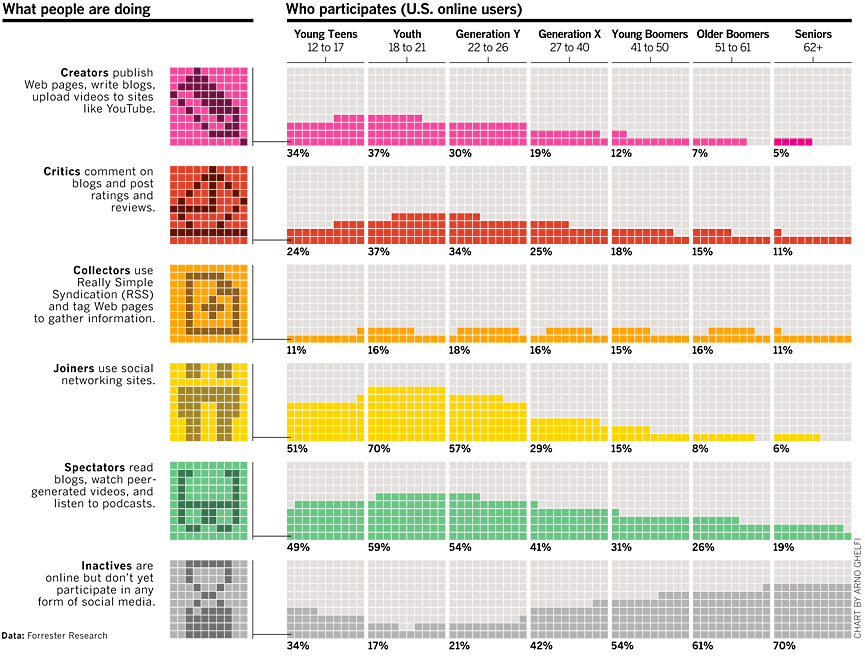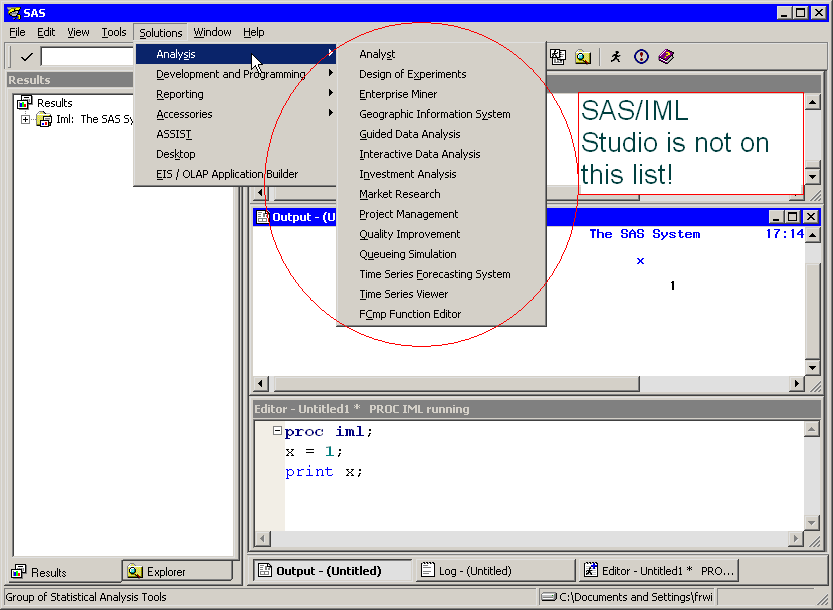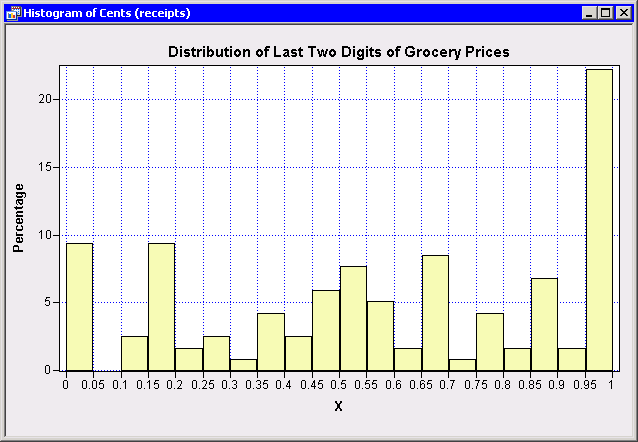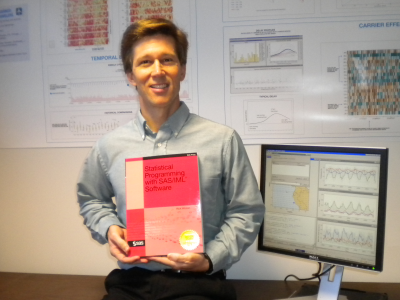
I enjoy reading about the Le Monde puzzles (and other topics!) at Christian Robert's blog. Recently he asked how to convert a number with s digits into a numerical vector where each element of the vector contains the corresponding digit (by place value). For example, if the number is 4321,




















